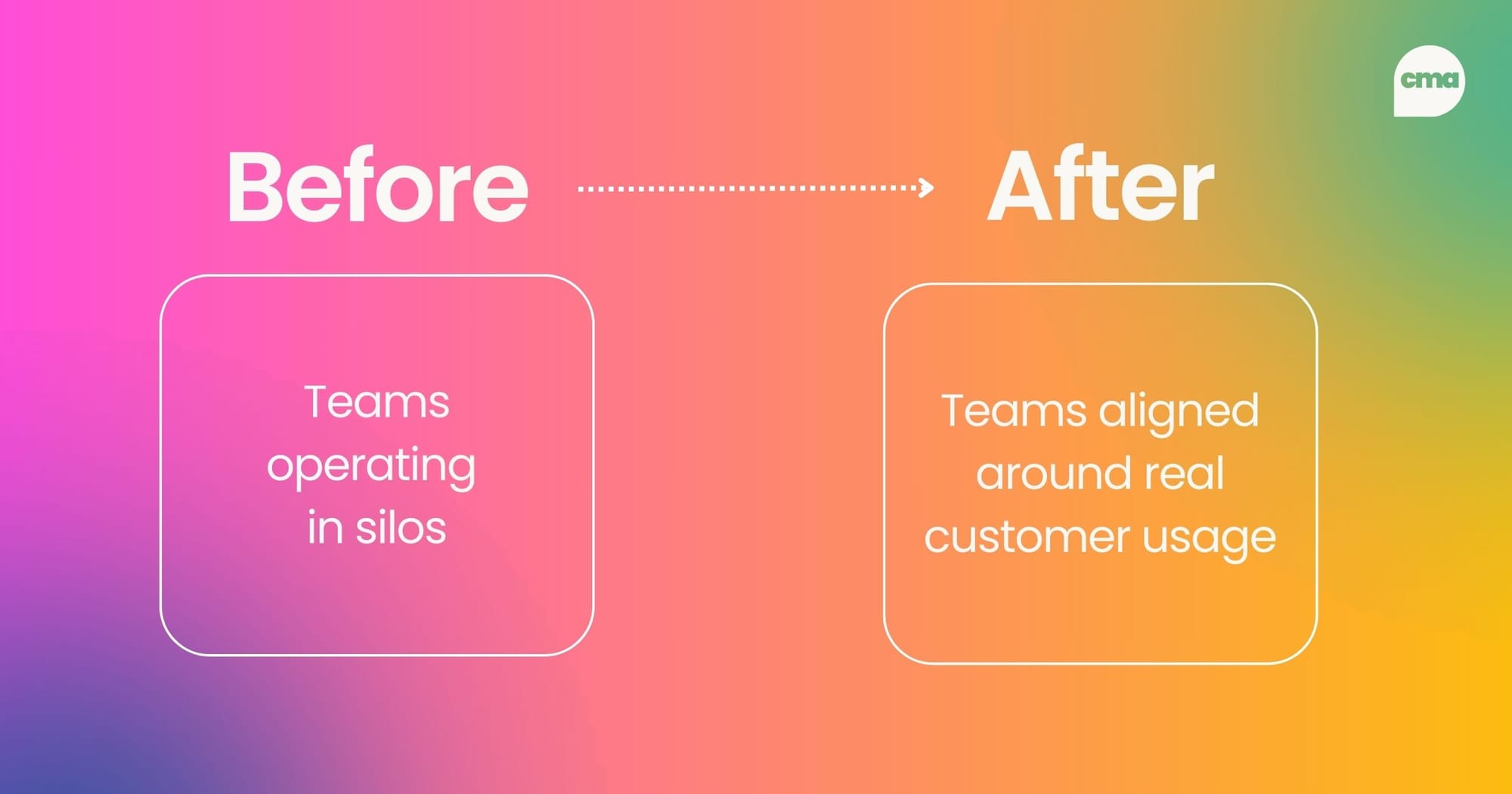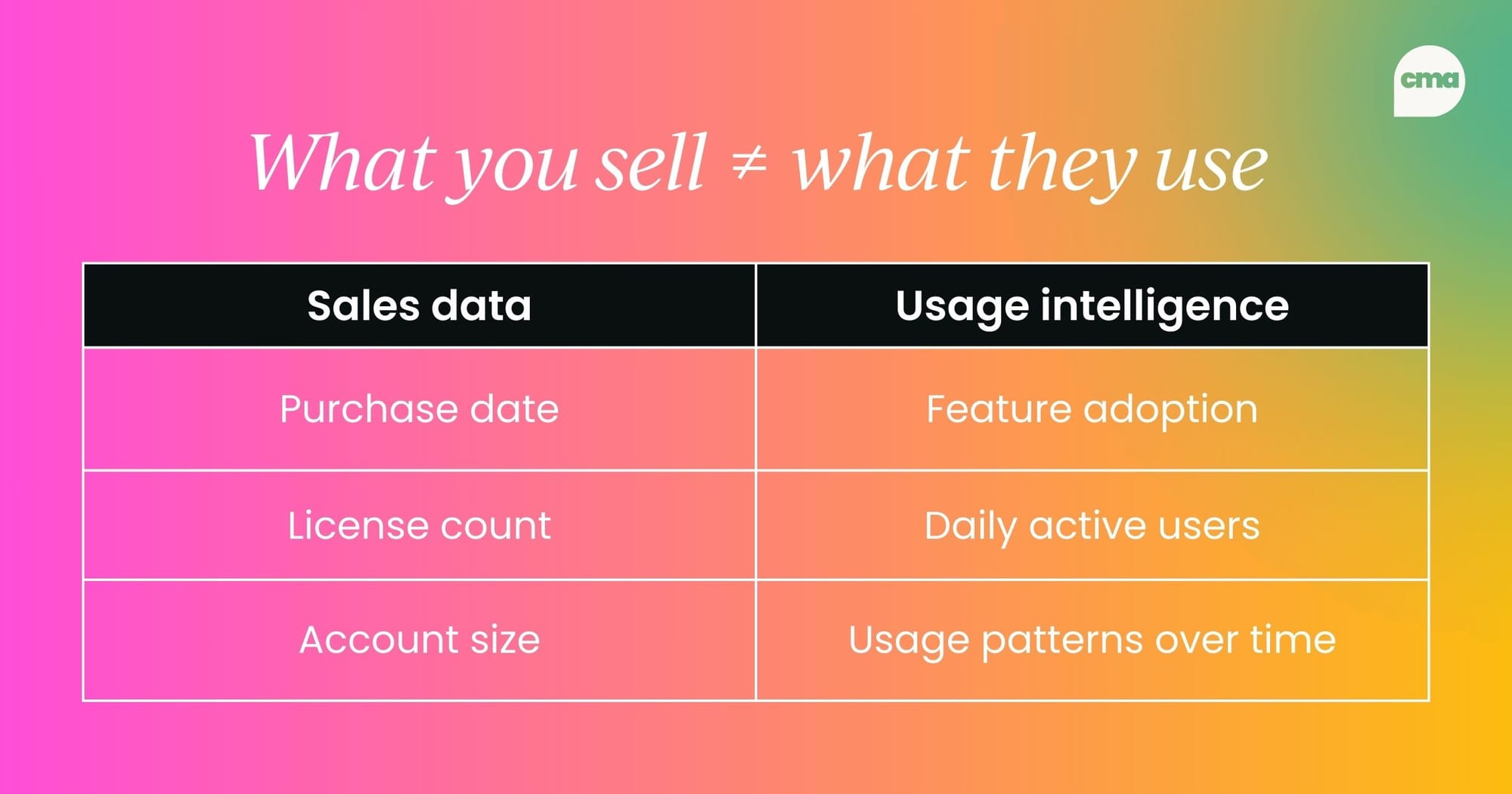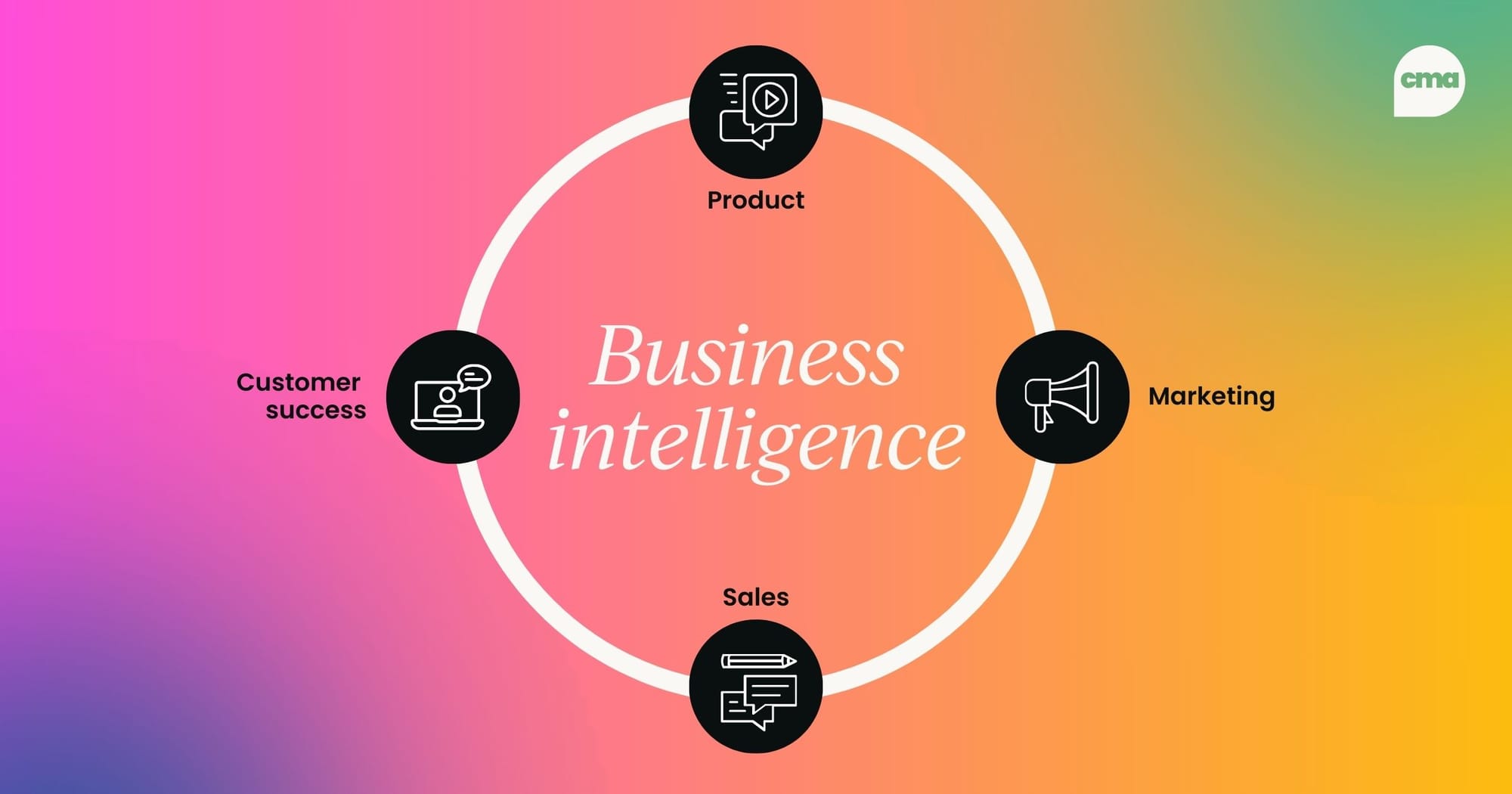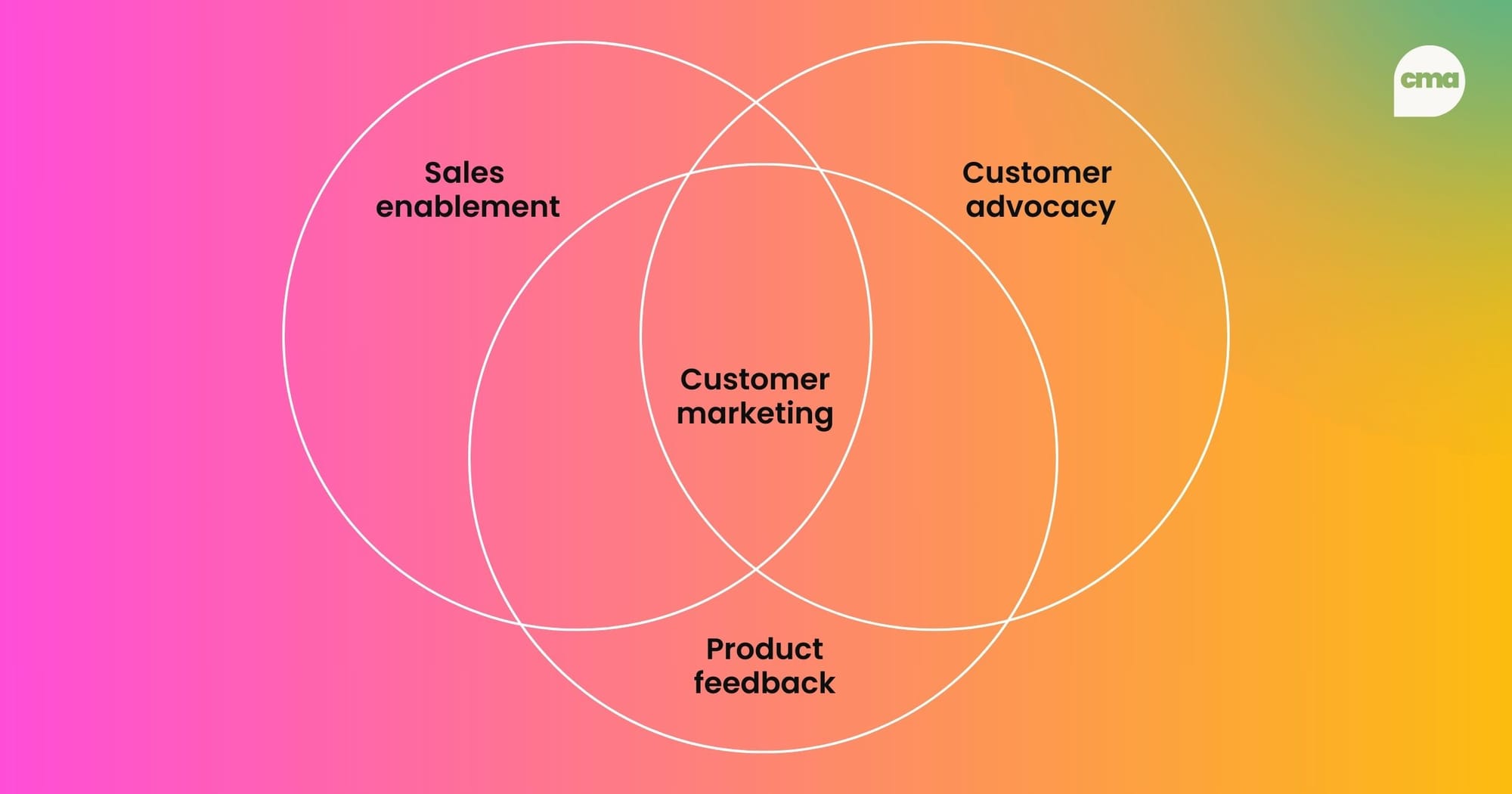Getting internal teams aligned around the customer journey is no small task. With more channels, more complexity, and higher expectations, leaders in marketing and product are under pressure to move quickly, while still delivering personalized, data-driven experiences that resonate.
At Dialpad, we’ve found that business intelligence (BI) is the key to making that alignment possible. Focusing not just on what customers purchase, but how they actually use our platform, means we’ve been able to build stronger partnerships, improve internal communication, and tell more impactful customer stories.
In this article, I’ll share the core strategies that helped us turn data into action – from driving alignment across teams to giving product and sales better insight into what really matters to our customers.
These are the lessons that have worked for us, and they might work for you too.

Grounding customer conversations in reality
When I stepped into this role, one of the most valuable things I learned was how essential data is – not just what a customer bought, but what they’re actually doing with our products.
That insight became foundational for me. I knew that building a strong partnership with our business intelligence team would allow us to accurately tag and track product usage. With that foundation, I can go into any customer conversation or panel discussion with confidence, backed by real insight instead of assumptions.
It completely changes the nature of those conversations. I can ask smarter questions and be more thoughtful about the guidance we give our customers.

Why business intelligence is so important
Business intelligence isn’t just about usage metrics – it’s about identifying trends.
For instance, if you’ve launched a new AI feature, BI helps you understand whether it’s being used as intended. Maybe real-time assistance is gaining traction in North America, while transcription features are more popular in Europe.
BI also helps highlight regional differences and potential roadblocks, such as compliance challenges that might impact adoption.
Ultimately, business intelligence tells the real story. It bridges the gap between what you expect when you launch a product and what’s actually happening in the field.
Using intelligence to align teams across the customer journey
In my role as VP of Alliances and Customer Marketing, I focus on maintaining a consistent message – whether I’m speaking with technology partners or end customers. That message is about how Dialpad's AI can help them sell faster, integrate smarter, and drive better outcomes.
Having that same story across partner and customer engagements creates alignment.

Whether you're building with us or buying from us, you're hearing a unified message about how our AI can empower you.
A key challenge in customer marketing
One of the biggest challenges in customer marketing is finding the right people. Customer marketing often operates behind the scenes while sales, customer success, and product teams take center stage.
So we have to find ways to provide value to each of those groups. That means helping sales sell better with customer stories, showing CSMs how marketing can elevate a customer's brand, and giving product teams proof that features are being used and loved.

It’s all about communication – and making sure everyone sees the value we bring.
Communicating internally with business intelligence
We use internal newsletters, in-app messaging, and even our own chat product to share insights across teams. But one of the most effective things we do is simply show up.
I regularly ask to speak at lunch-and-learns, demand gen team meetings, or any internal event where I can share what we’re learning from customers.
It helps us stay top-of-mind, demonstrate our impact, and build stronger cross-functional relationships.
Final thoughts
Marketing is a journey – it’s never static. And in customer marketing especially, over-communication is a strength. It’s about being precise in the story you're telling and clear about how your product solves real problems.
When you can do that, across teams and with your customers, you create real impact.




